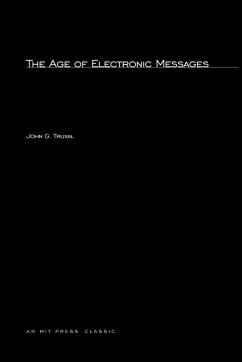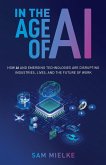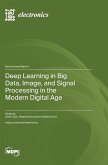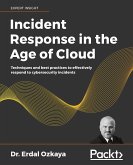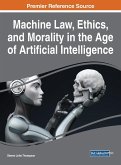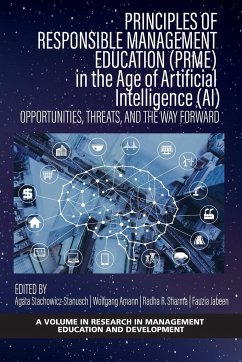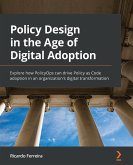The risks and benefits of today's communications technology, from bar codes to medical imaging.
What are the frontiers of today's communications technology? The Age of Electronic Messages explains the scientific principles on which this technology is based and explores its capabilities and limitations, its risks and benefits.
In straightforward language accompanied by numerous illustrations, Truxal describes the communications technology that has become such an integral part of today's work and leisure. He provides accounts of the bar codes used in supermarkets and the postal system of the way signals are described in terms of frequencies and in digital form of hearing and audio systems, of radio and navigation, of medical imaging, and of television broadcasting and narrowcasting.
Unlike other books on the subject, The Age of Electronic Messages takes into account the sociology of the new communications technology as well as its mathematical and physical underpinnings.
John Truxal is Distinguished Teaching Professor in the Department of Technology and Society at the State University of New York at Stony Brook. The Age of Electronic Messages is included in the Alfred P. Sloan Foundation sponsored series, the New Liberal Arts.
Review text:
'This is a marvelous book. It is informative, engagingly written and readily accessible to those like myself with little scientific or technological background. I read it with considerable fascination.'
-- J. Ronald Spencer, Associate Dean, Trinity College
What are the frontiers of today's communications technology? The Age of Electronic Messages explains the scientific principles on which this technology is based and explores its capabilities and limitations, its risks and benefits.
In straightforward language accompanied by numerous illustrations, Truxal describes the communications technology that has become such an integral part of today's work and leisure. He provides accounts of the bar codes used in supermarkets and the postal system of the way signals are described in terms of frequencies and in digital form of hearing and audio systems, of radio and navigation, of medical imaging, and of television broadcasting and narrowcasting.
Unlike other books on the subject, The Age of Electronic Messages takes into account the sociology of the new communications technology as well as its mathematical and physical underpinnings.
John Truxal is Distinguished Teaching Professor in the Department of Technology and Society at the State University of New York at Stony Brook. The Age of Electronic Messages is included in the Alfred P. Sloan Foundation sponsored series, the New Liberal Arts.
Review text:
'This is a marvelous book. It is informative, engagingly written and readily accessible to those like myself with little scientific or technological background. I read it with considerable fascination.'
-- J. Ronald Spencer, Associate Dean, Trinity College

